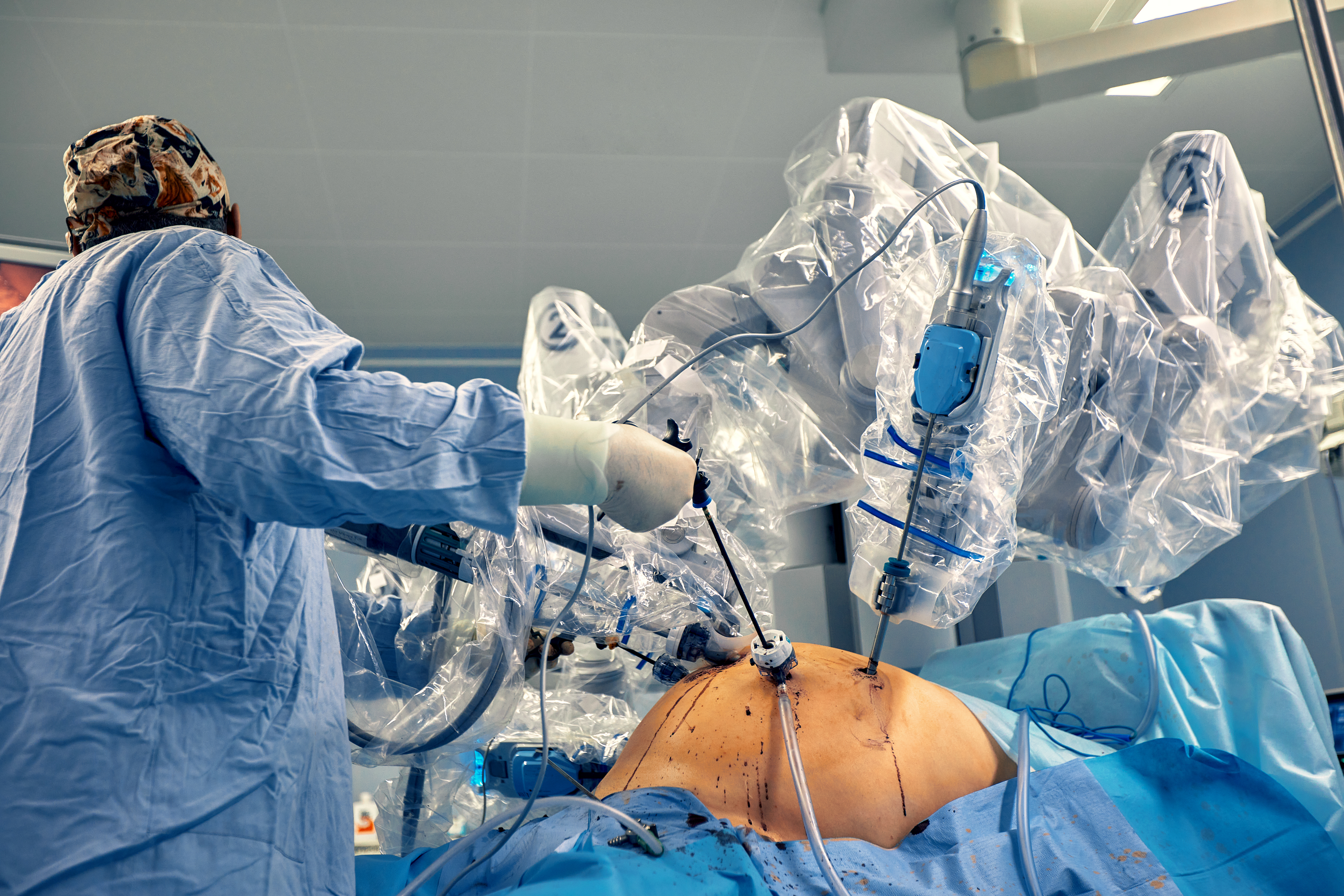10 Groundbreaking Ways AI is Revolutionizing Medicine in 2025
3. Virtual Health Assistants: The Rise of AI Companions

AI-powered virtual health assistants are becoming indispensable tools in modern healthcare, offering support and guidance to both patients and healthcare providers. These digital companions are equipped to handle a range of tasks, from scheduling appointments and managing medication reminders to providing 24/7 support for chronic disease management. In 2025, virtual health assistants are more sophisticated than ever, capable of understanding natural language and providing personalized health advice. For patients, this means greater accessibility to healthcare information and support, reducing the burden on healthcare facilities and allowing practitioners to focus on more complex cases. For healthcare providers, virtual assistants streamline administrative tasks, enhancing efficiency and allowing more time for patient care. As AI technology continues to advance, these virtual companions will become even more integral to the healthcare experience.
4. Robotic Surgery: Precision and Efficiency in the Operating Room

Robotic surgery, augmented by AI, is revolutionizing surgical procedures, offering precision and efficiency that surpass traditional methods. In 2025, AI-driven surgical robots are not only assisting surgeons but, in some cases, performing surgeries autonomously under supervision. These robots are equipped with advanced imaging technologies and AI algorithms that allow for highly accurate incisions and sutures, minimizing human error and reducing recovery times. The integration of AI in robotic surgery also facilitates minimally invasive procedures, leading to less post-operative pain and quicker patient recovery. Moreover, AI's ability to analyze surgical data in real-time provides surgeons with invaluable insights, enhancing decision-making during operations. This technological advancement is not only improving patient outcomes but also expanding access to high-quality surgical care in remote and underserved areas.
